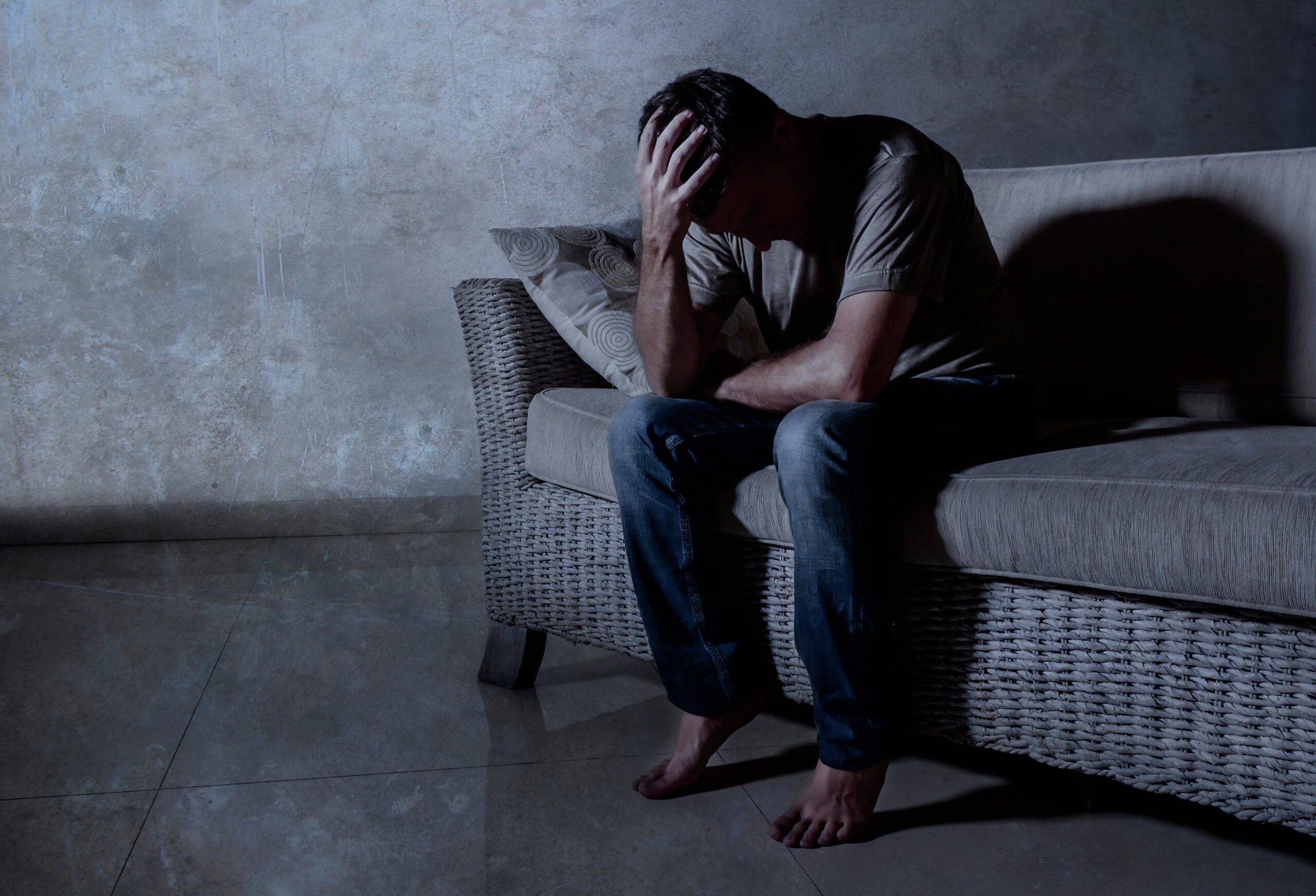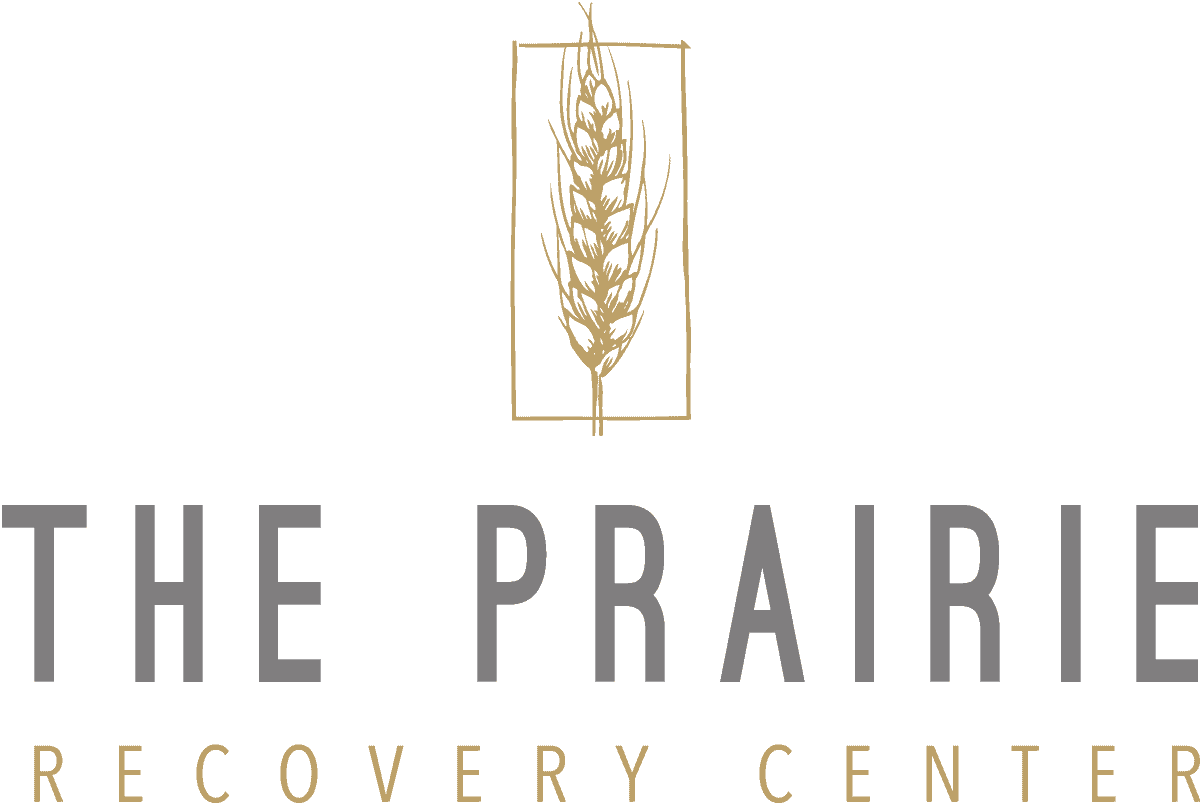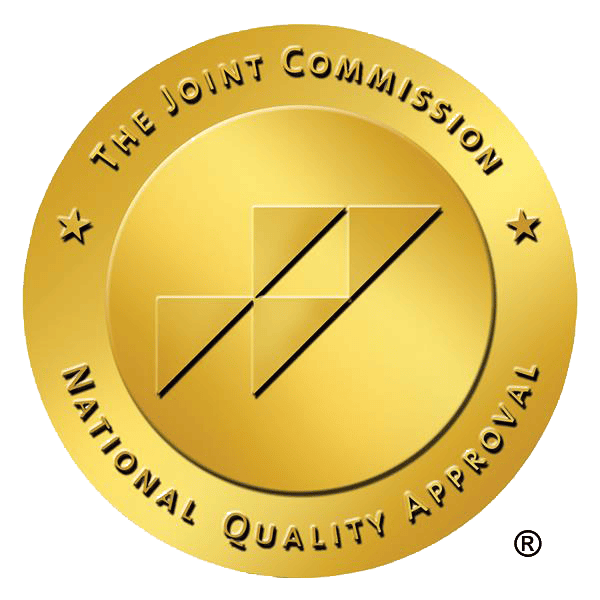When people suffering from heroin use disorder start detox and addiction treatment, it is essential to understand what to expect.
One common question people have is, “What is the heroin withdrawal timeline?” They want to know how long they will experience withdrawal symptoms before they subside.
What to Expect During Heroin Withdrawal
Heroin withdrawal is the process of the body ridding itself of the drug and healing from heroin use. Withdrawal occurs as the body and brain heal.
Heroin causes chemical and neurological changes in the brain that affect mental and physical well-being. Most people should expect to experience a range of withdrawal symptoms that can vary in intensity and severity.
An Overview of Heroin Withdrawal Symptoms Timeline
The occurrence of withdrawal symptoms during the heroin withdrawal timeline will vary from person to person. They vary based on the duration and frequency of use, dosage taken, and whether there are co-occurring mental health issues. It also depends on the extent of heroin addiction.
One of the most common symptoms experienced is cravings for heroin. Cravings occur because the body has become accustomed to the drug. It expects more of the drug to induce the desired effects regardless of any negative consequences.
Another common symptom is mood changes. People can become anxious, irritable, depressed, or agitated. Mood changes occur as the body is trying to heal from the damage heroin caused.
People also usually experience sleep disturbances, such as insomnia, interrupted sleep, and restlessness. It is vital to remember these are just some of the more common symptoms experienced during the withdrawal process.
Initial Withdrawal Phase
The initial withdrawal phase usually begins within the first 6 to 12 hours after last using heroin. The withdrawal symptoms are typically mild and easy to manage over the next day or 2. However, the longer one goes without heroin, the more frequent and intense the withdrawal symptoms will become.
Peak Symptoms
The heroin withdrawal timeline peak symptoms occur between 2 to 7 days, depending on the individual. During this period, the symptoms will become more intense and frequent. Some people with long-term heroin abuse can also experience severe withdrawal symptoms.
Final and Subsiding Symptoms
Sometime between 5 days and up to 2 weeks after last using heroin, the withdrawal symptoms begin to subside. People will notice the intensity, frequency, and severity lessen. Eventually, the withdrawal symptoms will stop as the body restores balance.
However, some people can experience lingering psychological withdrawal symptoms. This is referred to as PAWS (post-acute withdrawal syndrome). PAWS can last anywhere from several more weeks to months or sometimes longer. The duration of PAWS can be related to how long a person abused heroin. Fortunately, PAWS symptoms also subside over time.
Heroin Withdrawal Symptoms Timeline: Psychological Symptoms
The psychological withdrawal symptoms of heroin can start occurring during the initial withdrawal phase. The most common one is cravings for heroin. People can also experience anxiety and irritability. As one moves into the peak withdrawal phase, cravings, irritability, and anxiety can continue and become more intense and frequent.
Other psychological withdrawal symptoms experienced during this time are insomnia and depression. Within a week of quitting, people can also experience mood swings, irritability, and agitation. These can also intensify and become more frequent.
After 2 weeks, most psychological symptoms should have subsided. However, if the individual experiences PAWS, symptoms could include cravings, sleep disturbances, anxiety, depression, and irritability.
Heroin Withdrawal Symptoms Timeline: Physical Symptoms
The heroin withdrawal symptoms timeline will include various physical symptoms at multiple stages. During the initial withdrawal phase, people could experience:
- Body aches and pains
- Stomach cramps
- Headaches
- Runny nose
- Watery eyes
As one moves into the peak phase, physical withdrawal symptoms include initial symptoms as well as:
- Nausea
- Vomiting
- Fever
- Diarrhea
- Dehydration
- Muscle spasms
- Excessive sweating
- Chills
- Severe stomach cramps
All of the physical withdrawal symptoms should fully subside within a week or 2 of quitting heroin.
Risks of Quitting Heroin Cold Turkey
Quitting heroin cold turkey has certain risks when a person does not obtain medically supervised detox. While a rare occurrence, death is possible when withdrawal is not supervised. Vomiting and diarrhea can cause dehydration.
Most people do not think about remaining hydrated because of the physical and emotional discomfort they are in during withdrawal. As a result, this can trigger hypernatremia and cardiac arrest (heart failure).
Another risk of quitting cold turkey is an increased risk of accidental overdose and death. As the body starts the detox process, it starts healing from the damage caused by heroin abuse. When the withdrawal symptoms become too intense and severe, relapse is common. Relapse occurs because the person wants to make the withdrawal symptoms stop.
However, since their body has already started the detox process, tolerance levels have also decreased. Unfortunately, the person does not know this. So, they use the same amount of heroin as before, which could trigger an overdose. Another overdose cause is taking more heroin than before, believing the higher dose will help the withdrawal symptoms stop faster. Without immediate medical help, the person could potentially die.
Detox and Heroin Addiction Treatment in Texas
The safest way to manage the heroin withdrawal timeline is with medically supervised detox and heroin addiction treatment. At The Prairie Recovery, we provide round-the-clock monitoring, medication-assisted treatment, and personalized treatment plans. Our compassionate and caring team is ready to help you overcome heroin addiction in a safe and supportive environment.
Contact us today to discover the path to a brighter, heroin-free future.









